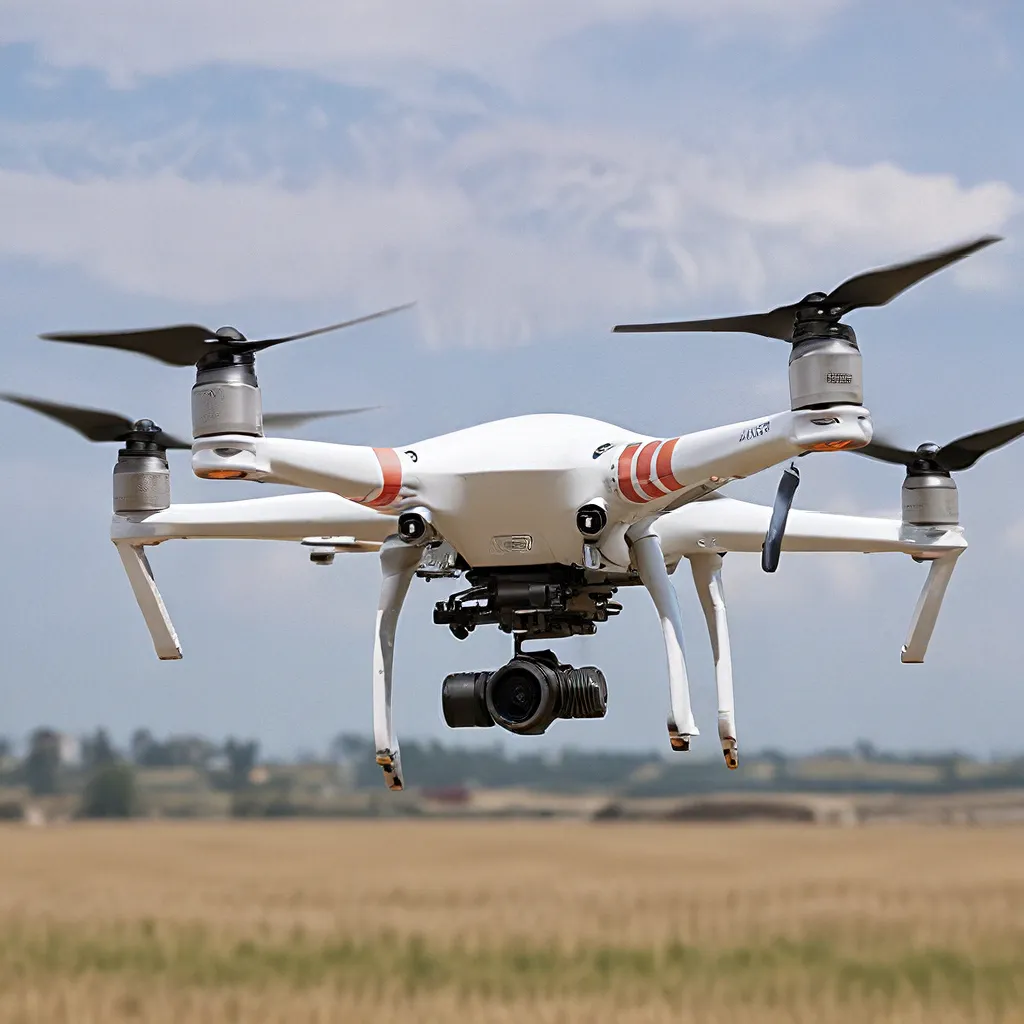
As a passionate drone enthusiast, I’ve learned that proper maintenance is the unsung hero of keeping my aerial companions soaring with grace and reliability. Sure, the thrill of piloting these high-tech marvels is what drew me in, but I quickly realized that neglecting their care can lead to a crash landing – both literally and figuratively. That’s why I’ve made it my mission to master the art of preventive drone maintenance, and I’m here to share my insights with you.
Unlocking the Secrets of Drone Maintenance
When it comes to drones, regular inspections are the backbone of keeping your UAV in tip-top shape. Think of it as a comprehensive health check-up for your aerial friend. During these inspections, I carefully examine the frame for any signs of damage or wear, ensuring that every component is in perfect working order. Spotting issues early is key, as it allows me to address them before they snowball into bigger problems.
One of the first things I inspect are the motors. I listen intently for any unusual noises, which could indicate bearing issues or other malfunctions. I also check that the propellers are free of cracks, chips, or warping – because damaged props can seriously impact flight stability and performance.
And of course, the battery is a critical component that demands my utmost attention. I always use the manufacturer-recommended battery and charger to ensure optimal performance and safety. Swelling, leakage, or other signs of damage are immediate red flags that require prompt attention.
Keeping Your Drone Squeaky Clean
Proper cleaning is another essential aspect of maintaining my drone’s peak condition. I use a soft brush or compressed air to remove any dirt, dust, or debris from the frame and motors. For more stubborn grime, I’ll gently wipe it down with a damp cloth and a mild cleaner, always taking care to avoid getting any moisture in the sensitive electronic components.
The propellers are another area that demand a bit of TLC. I give them a thorough wipe-down with a damp cloth and a touch of mild cleaner, ensuring they’re free of any debris that could disrupt their performance. And of course, I always make sure they’re completely dry before reattaching them to the drone.
Speaking of the camera and gimbal, these delicate systems require a gentle touch. I use a lens cleaning solution and a microfiber cloth to keep the camera lens spotless, while a soft brush or compressed air helps me tackle any dust or debris in the gimbal mechanism.
Proper Storage: The Key to Long-Lasting Drones
When it’s time to tuck my drone away for a break, I make sure to store it in a cool, dry place, away from direct sunlight or heat sources. High temperatures and humidity can be a drone’s worst enemy, wreaking havoc on the electronic components and the battery.
I always aim to store the battery at around 50% charge, as this helps extend its overall lifespan. Avoid storing the battery fully charged or completely depleted, as that can significantly degrade its performance over time.
And when it’s time to transport my drone, I rely on a sturdy, protective carrying case designed specifically for my model. This helps shield my aerial companion from impacts, dust, and moisture during those cross-country adventures.
Mastering the Art of Troubleshooting
Despite my best efforts, sometimes I encounter pesky issues with my drone that require a bit of troubleshooting. But hey, that’s all part of the journey, right? One common problem I’ve tackled is a drone that won’t power on. In these cases, I first ensure the battery is properly connected and charged, and then inspect the power switch and connectors for any signs of damage or debris.
Another common headache is a drone that refuses to take off. I start by checking the propellers for damage and making sure they’re securely attached. I also inspect the motors for any obstructions and ensure the drone is on a level surface before attempting a compass calibration.
And let’s not forget about the dreaded GPS signal issues. I always make sure my drone isn’t near any sources of interference, like large metal objects or high-voltage power lines. And if the problem persists, I’ll update the firmware – it’s amazing how a simple software tweak can work wonders.
Staying Ahead of the Curve with Maintenance Best Practices
Keeping my drone’s software up-to-date is another key aspect of my maintenance routine. Firmware updates often address known issues and improve overall performance and stability, so I make sure to follow the manufacturer’s recommended process to the letter.
Compass and IMU (Inertial Measurement Unit) calibrations are also essential for ensuring rock-solid flight performance. If I notice any drifting or unstable flight behavior, I dive into the calibration process, which varies depending on the drone model. But hey, a little patience and attention to detail goes a long way in keeping my UAV on the straight and narrow.
And when it comes to maintenance tools and apps, I’ve got a whole arsenal at my disposal. DJI Assistant, Pix4Dcapture, and Litchi are just a few of the handy helpers I rely on to streamline firmware updates, sensor calibrations, and even flight log management. It’s like having a personal drone mechanic right at my fingertips!
Extending the Life of Your Drone’s Components
Of course, proper maintenance isn’t just about keeping your drone in the air – it’s also about maximizing the lifespan of its essential components. And let me tell you, I’ve become a true Master of Drone Longevity.
When it comes to the battery, I follow a strict regimen of charging and discharging practices to ensure it maintains its peak performance for as long as possible. I also keep a close eye on the motors, meticulously inspecting them for any signs of wear and tear, and making sure they’re operating smoothly without any obstructions.
And the camera and gimbal? Well, those are the crown jewels of my drone, so I treat them with the utmost care. Regular cleaning, firmware updates, and calibrations keep these sensitive systems in tip-top shape, ensuring I capture breathtaking aerial footage every single time.
Unlocking the Next Level with Drone Maintenance Certifications
As my passion for drone maintenance has grown, I’ve realized that there’s always more to learn. That’s why I’ve invested in a few drone maintenance courses and certifications to further hone my skills. The FAA Part 107 Drone Maintenance and Repair Certification, for example, has been a game-changer, equipping me with the knowledge and hands-on experience to tackle even the most complex drone maintenance challenges.
And let’s not forget about the specialized workshops offered by some drone manufacturers and training providers. These immersive sessions dive deep into the nitty-gritty of maintaining specific drone models, covering everything from preventive maintenance to advanced troubleshooting. It’s like having a personal drone mechanic at my fingertips!
Embracing the Future of Drone Maintenance
As I continue on my drone maintenance journey, I can’t help but feel excited about the possibilities that lie ahead. With the rapid advancements in drone technology, I know there’s always more to discover and explore. Who knows, maybe one day I’ll even venture into the realm of complex drone applications like Orthomosaic and LiDAR projects, leveraging the expertise of Coulsdon Drones to push the boundaries of what’s possible.
But for now, I’m content to focus on the fundamentals – keeping my drone fleet healthy, happy, and ready for any adventure that comes their way. After all, preventive maintenance is the unsung hero that keeps these aerial marvels soaring with grace and reliability. So, fellow drone enthusiasts, let’s embrace the art of maintenance and unlock the full potential of our beloved UAVs!











